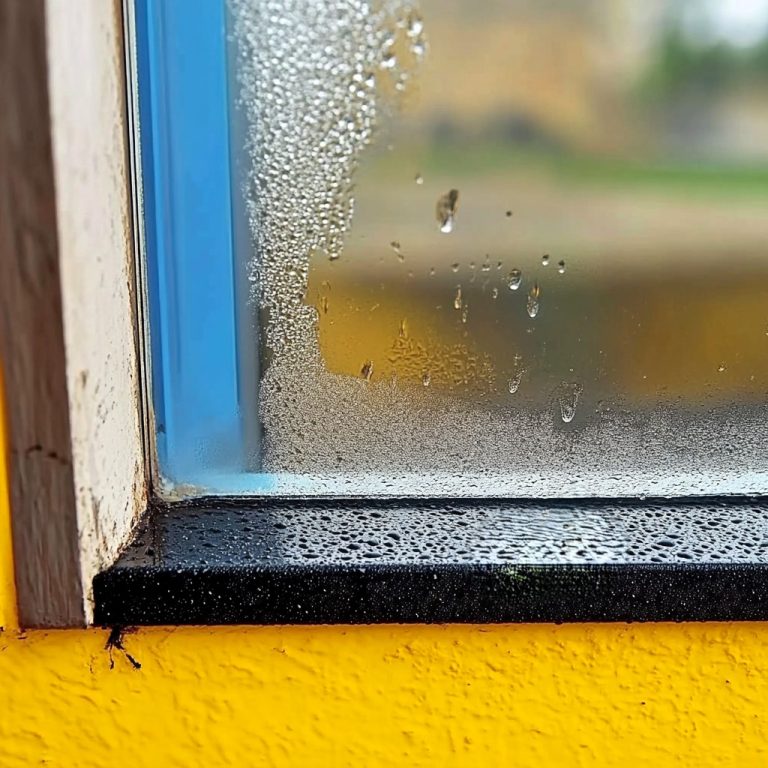ADVERTISEMENT
How to Eliminate Humidity in Your Home: 7 Simple Tips
Excess humidity in your home can be more than just uncomfortable—it can lead to a variety of issues, including mold, mildew, and even health problems like respiratory issues or allergies. Fortunately, you don’t need to invest in expensive equipment to combat humidity. There are several simple, natural, and cost-effective methods to reduce moisture levels and create a healthier living environment.
In this article, we’ll walk you through 7 simple tips to eliminate humidity in your home, so you can breathe easier and enjoy a more comfortable living space.
1. Use a Dehumidifier
The most effective way to combat humidity is by using a dehumidifier. This device works by drawing moisture out of the air and into a tank, which you can then empty when it’s full.
- Tip: Make sure to place the dehumidifier in areas where humidity tends to be the highest, such as the basement, laundry room, or bathroom.
- Bonus: If you don’t want to invest in a large dehumidifier, smaller portable versions are available and can help target specific rooms.
2. Open Windows and Increase Ventilation
Good ventilation is key to reducing humidity. Allowing fresh air to circulate throughout your home will naturally reduce moisture buildup.
- Tip: Open windows during dry days to let the air flow through your home. Even cracking open a window for just a few hours can make a big difference.
- In the bathroom: Make sure to use the exhaust fan while showering and open a window if possible.
3. Use Salt as a Natural Dehumidifier
One of the oldest tricks for absorbing moisture from the air is salt. Salt is hygroscopic, which means it absorbs moisture from the surrounding environment.
- Tip: Place bowls or jars filled with rock salt or sea salt in areas where humidity tends to collect, such as closets, basements, or bathrooms. The salt will gradually draw in moisture and keep the air dry.
- Bonus: Replace the salt once it becomes damp, or dry it out in the sun before reusing it.
4. Invest in Absorbent Materials: Baking Soda and Activated Charcoal
If you don’t have a dehumidifier or prefer a more DIY approach, materials like baking soda and activated charcoal can help absorb excess moisture from the air.
- Baking Soda: Place an open container of baking soda in high-humidity areas, such as your fridge, bathroom, or basement. It will help absorb moisture and neutralize odors.
- Activated Charcoal: This is another effective moisture absorber. You can place small bags of activated charcoal around your home to eliminate humidity and musty odors.
5. Fix Leaks and Seal Cracks
One of the common causes of excess moisture is water leaks from pipes, windows, or even the roof. If you notice any signs of leaks or cracks, it’s
